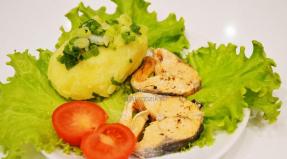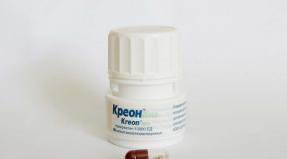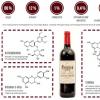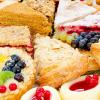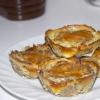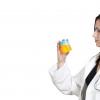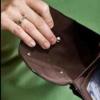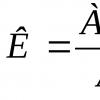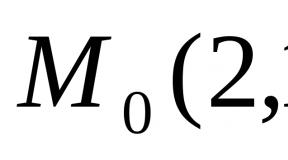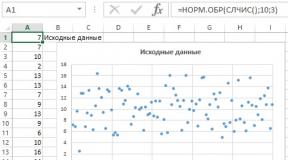What to exclude from the diet to get rid of atherosclerotic plaques?
Greetings dear readers.
Over the past 20 years, the number of people diagnosed with atherosclerosis has increased dramatically. There are many prerequisites for the development of this disease, but the main one is malnutrition.
You just need to reconsider your eating habits, completely change the approach to the regimen and diet, and then, I guarantee you, there will be an improvement in the course of the disease, and maybe a complete recovery. Everything depends on you!
It is necessary for the human body: for the production of vitamin D, for the normal functioning of the adrenal glands, the nervous and immune systems. Approximately 80% of all the necessary cholesterol is produced by the liver itself, the remaining 20% must come with food.
The diet of a modern person includes a large number of products of animal origin.
Meat, chicken and quail eggs, dairy products are a source of saturated fats and cholesterol. Excess of these substances is deposited on the walls of the aorta, vessels of the lower extremities, heart, brain and prevents normal blood flow. First, superficial overlays are formed, which over time are converted into atherosclerotic plaques.
Compliance with the diet is one of the main components of a successful and quick treatment. If you limit the intake of cholesterol from the outside and increase physical activity, the body will begin to use the reserves that it has, which means that atherosclerotic plaques will disappear.
All diets for atherosclerosis are divided into 2 stages
Diets of the first stage are prescribed, first of all, for the prevention of the development of atherosclerosis.
In this case, the following foods should be limited or excluded:
- pork brains, lard, egg yolk, fatty meat, offal;
- mayonnaise and other fatty sauces;
- fatty dairy products: kefir, processed cheese, fermented baked milk, butter, sour cream, cream, milk.
Allowed:
- poultry, young veal, lamb, lean beef;
- any fish, except for canned food;
- vegetables, greens, legumes (peas, lentils), fruits that do not contain coarse fiber.
Stage II diets are strict and are prescribed to already sick atherosclerosis.
With diets of this type, you should completely exclude:
- egg yolks, fatty meat and offal;
- mayonnaise, ketchup, mustard and other sauces, spicy seasonings;
- whole milk products, butter.
Allowed:
- fish, preferably low-fat varieties;
- milk 0.5% fat, unsalted cheese, fat-free kefir, cottage cheese;
- legumes, bran, cereals, fruits, herbs, vegetables.
It is also recommended to consume 3 times a day 600-900 mg of sulfate-hydrocarbonate mineral water. It will be useful to arrange 1-2 times a week: on kefir, on apples, on cottage cheese and others. 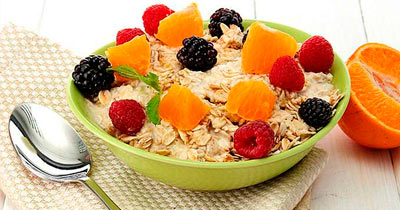
A vegetarian diet is ideal for atherosclerosis patients. The diet of such a diet includes a large amount of fiber, vitamins and minerals. Protein and fat of animal origin are completely excluded, which means that such a diet will not cause the growth of plaques and will contribute to recovery.
How to follow a diet for atherosclerosis of the vessels of the brain and aorta
The accumulation of lipids, calcium and other substances in the vessels of the brain and on the walls of the aorta leads to such serious complications as stroke, hemorrhage, paralysis and death.
The aorta is the largest blood vessel in the human body. It supplies oxygen-rich arterial blood to all tissues and organs. If the functioning of the aorta is impaired, then it may rupture. Death often occurs as a result of blood loss.
Atherosclerosis of the aorta can get sick even at a young age, if you neglect proper nutrition and get involved in fatty foods. But most often atherosclerotic deposits on the walls of the aorta are observed in elderly people.
To avoid an increase in atherosclerotic plaques on the walls of the aorta and in the vessels of the brain, patients are prescribed diet No. 10c. The main task of the diet is to suppress the development of atherosclerosis. In addition, patients' metabolism accelerates, body weight decreases, and blood circulation improves.
Diet Features
- reduced amount of animal fat (up to 60%) and simple carbohydrates;
- proteins are consumed in the required amount, half of them are of plant origin;
- limited: salt, cholesterol;
- increased consumption of foods with a high content of vitamins (groups B, C) and minerals (potassium, magnesium);
- meat and fish are eaten boiled, salted strictly after cooking.
Products whose consumption is prohibited
- muffins, buns, white bread, puffs, muffins and other pastries;
- strong broths, fatty meats and poultry, offal, canned food, caviar, semi-finished products;
- legumes, mushrooms, garlic, vegetables that irritate the stomach: radish, radish;
- greens: sorrel, onion, spinach;
- fatty or salty cheese, smoked meats;
- black and red pepper, mayonnaise, hot sauces and gravies;
- cocoa, chocolate, alcohol, strong coffee, tea.
Foods that are allowed
- bread, in rare cases - pastries without salt;
- vegetarian soups, cabbage soup, borscht, milk soups;
- lean poultry, lean beef, mussels, fish;
- unsalted herring, boiled sausage;
- dairy products 1% fat;
- egg white (no more than 2 pieces per week);
- buckwheat, oatmeal;
- zucchini, eggplant, fresh cabbage, corn, peas, carrots, greens;
- tea, unsweetened juices, herbal decoctions, coffee.
If you strictly follow the diet and increase physical activity, atherosclerotic deposits on the walls of the aorta, cerebral vessels, lower extremities, and others will gradually decrease. With adequate medical treatment, a full recovery is possible.
Diet for atherosclerosis of the heart vessels
Atherosclerosis of the vessels of the heart, like the aorta, occurs mainly among the elderly. Atherosclerotic cardiosclerosis is called a "time bomb" because it destroys the body without serious symptoms. Patients do not know about the disease and turn to the doctor late.
- the daily norm of liquid is 1.5-2 l;
- salt intake no more than 4 g per day, sugar - no more than 40 g per day;
- per day you need to consume 45 g of animal protein and 30 g of vegetable fat;
- mild vegetable sauces, sour cream and fruit sauces are allowed;
- conservation is prohibited, including home
Diet for atherosclerosis of the lower extremities
The formation of fatty plaques on the inner walls of the arteries of the lower extremities leads to narrowing and blockage of the vessel, impaired blood flow in the leg, gangrene and amputation. The situation is aggravated by bad habits and malnutrition with excess fats and simple carbohydrates. 
The male part of the population is most prone to obliterating atherosclerosis of the vessels of the lower extremities (92% of all patients). The risk group is made up of people with hypertension and a weak nervous system. The disease can also develop after a serious cooling of the lower extremities.
The main method of treatment of obliterating atherosclerosis of the lower extremities (OASNK) is a surgical operation (balloon angioplasty,). In turn, dietary nutrition will help reduce the severity of the disease and speed up recovery. With atherosclerosis of the lower extremities, a vegetarian diet or a diet low in cholesterol and animal products (No. 10 or its variety) is prescribed.

